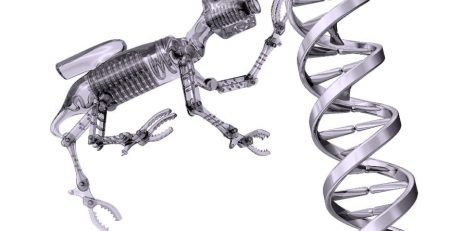Sea turtles sense season change
Along the cool temperate waters of the western and eastern margins of the North Atlantic, leatherback sea turtles swim, scouting for jellyfish during the summer. On the crown of their heads, they have a weird looking, non-pigmented pink area on the crown of their heads caled the pineal. Researchers are saying that the spot functions like a skylight in their skull, which allows them to sense subtle changes in sunlight.
The turtles turn south and leave their feeding grounds, which can be thousands of kilometers from where they breed. A team led by John Davenport from University College Cork examined a database of leatherback sightings in waters around Great Britain and ireland. Then they compared those to other data for sea surface temperatures and day lengths to figure if the levels or periodicity of either environmental triggers would promp the turtles to turn south and leave their feeding grounds at summer’s end.
They discovered that the sea surface temperature was too variable and too slow to change to be useful as a trigger. Instead, the shortening of day length as the late summer equilux comes closer gives a credible cue to the changing seasons. This cue, affects the pineal, and tells them to leave their feeding areas. They also examined four dead leatherbacks, and discovered skeletal structures underneath the pink spot in juvenile and adult turles that are compatible with the idea of a “pineal dosimeter function” for light stimuli. It’s lighter underlying the layers of bone and cartilage.














